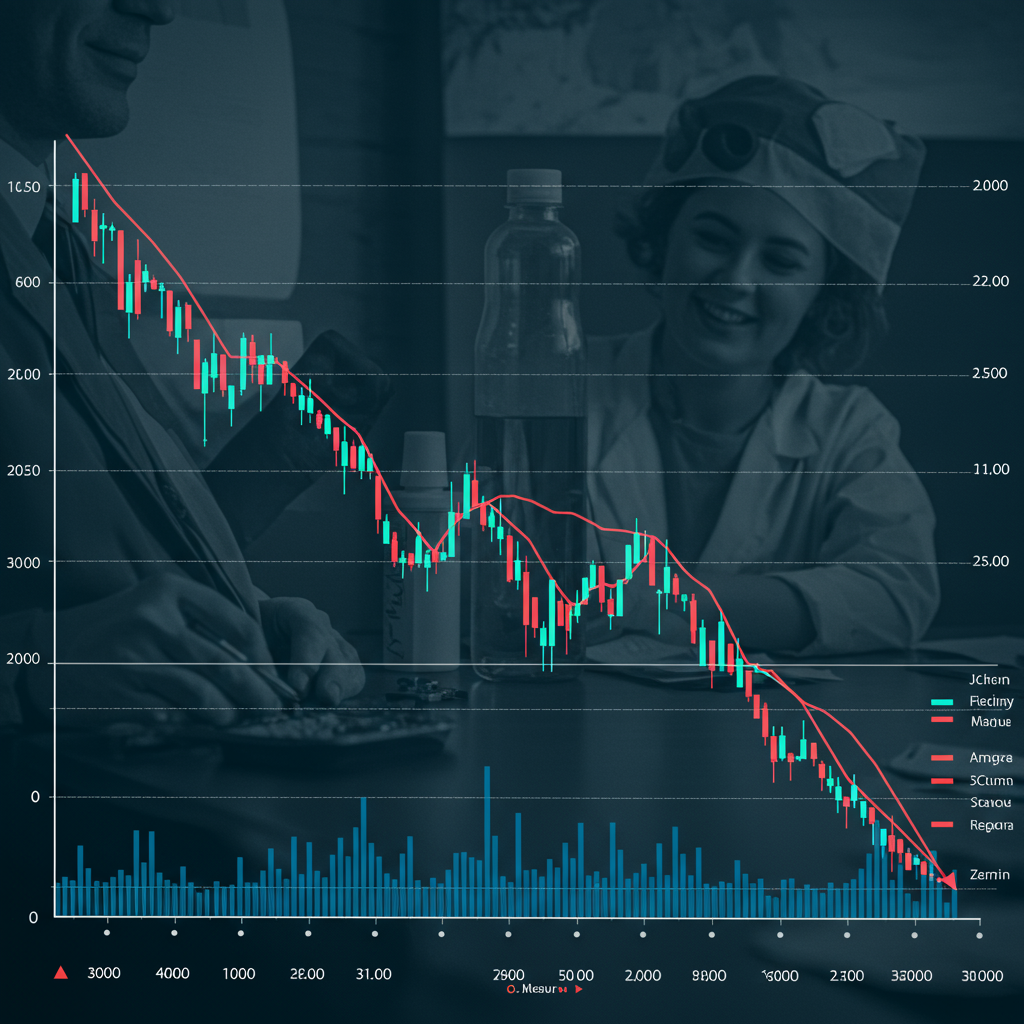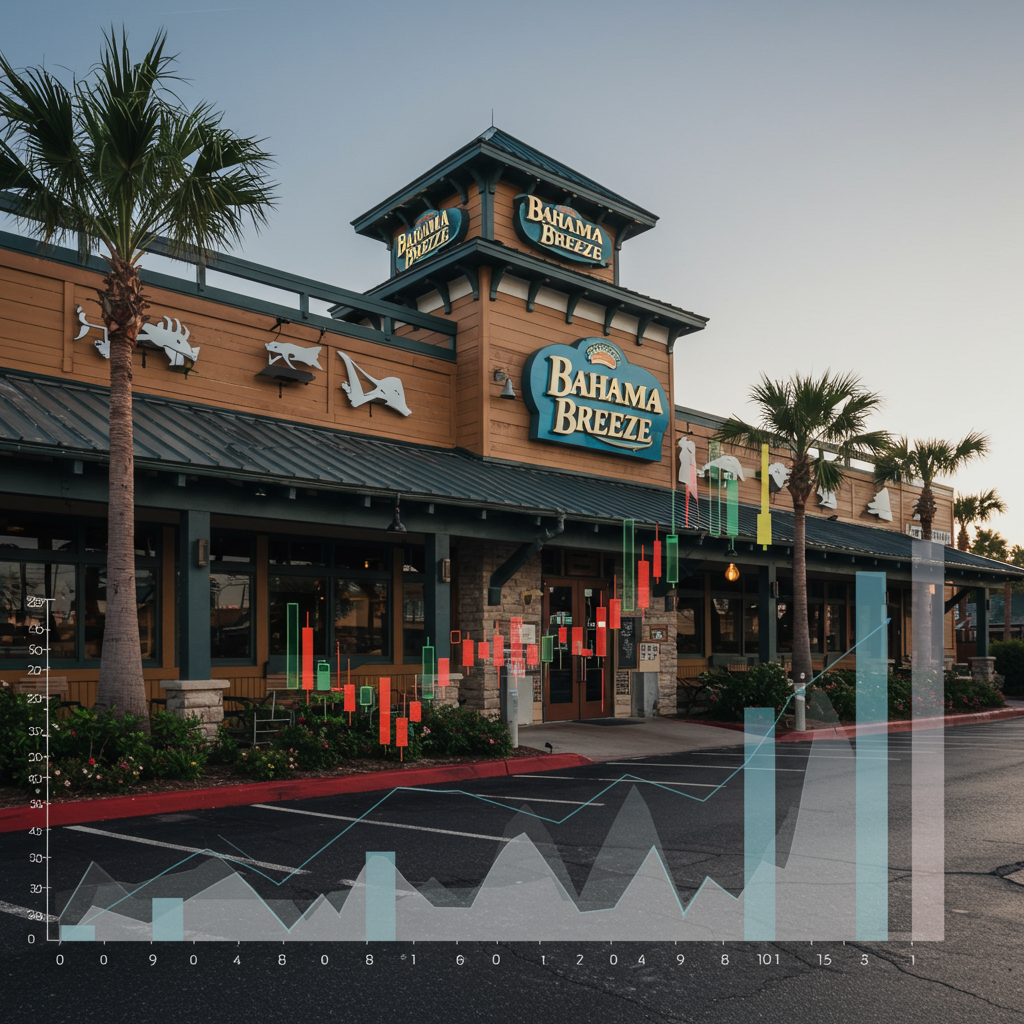The stock market saw significant volatility impacting various sectors, including healthcare insurance. While the initial news highlighted a sharp drop in shares for some major health insurers, the picture is more complex, involving rising patient care costs, critical regulatory decisions regarding Medicare Advantage, and broader economic uncertainty driven by factors like tariffs and evolving economic data. Understanding this interplay is essential for grasping the forces currently shaping the healthcare market.
For investors and industry observers, the past few weeks have brought a mix of concerning signals and unexpected positive developments. The healthcare sector, often seen as relatively stable, has demonstrated sensitivity to both micro-level operational pressures and macro-economic shifts.
Market Turmoil and Specific Stock Plunges
Recent market activity has shown considerable turbulence. On one notable day, April 17, 2025, the Dow Jones Industrial Average experienced a substantial decline, falling more than 500 points. A primary driver of this downturn was the dramatic plunge in the stock price of UnitedHealth (UNH), a heavyweight in the health insurance sector. UnitedHealth shares plummeted over 22% on this single day.
This sharp decline was directly linked to the company cutting its full-year profit forecast. While the specific details of the forecast cut weren’t fully elaborated, profit warnings from major insurers often signal underlying pressures, frequently tied to the cost of care delivered to patients. When insurers pay out more in claims than expected relative to premiums, their profitability is squeezed.
The Underlying Pressure of Patient Care Costs
Rising patient care costs represent a persistent challenge for health insurance companies. Factors such as increased utilization of medical services by members, higher prices for drugs and procedures, and the cost of new medical technologies directly impact insurers’ bottom lines. These costs translate into higher claims payments.
If the rate at which members use healthcare services, or the cost of those services, accelerates faster than anticipated or faster than premium revenues grow, insurers face reduced margins. A company like UnitedHealth cutting its profit forecast strongly suggests that these rising costs played a significant role in dampuring expected earnings, leading investors to react negatively and drive down the stock price. The link between increasing costs and potential hits to profitability is a fundamental dynamic in the insurance business.
Regulatory Response: Medicare Advantage Rate Hike
In contrast to the pressure from rising costs and profit forecast cuts, a major regulatory decision provided a significant positive catalyst for the health insurance industry. The Trump administration’s Centers for Medicare & Medicaid Services (CMS) finalized a substantial increase in payment rates for Medicare Advantage (MA) plans. This decision, announced for the 2026 plan year, dramatically exceeded earlier proposals.
The final rule includes a 5.1% benchmark rate increase for MA plans. This represents the largest benchmark rate increase seen for Medicare Advantage plans in the past decade. Crucially, analysts predict the actual increase in revenue for plans could be even higher, potentially reaching 7.2% when accounting for anticipated risk scoring adjustments.
A Multi-Billion Dollar Boost for Insurers
According to CMS estimates, this more generous rate increase is expected to result in over $25 billion in additional payments flowing to Medicare Advantage plans next year. CMS justified the larger increase by stating it incorporated more recent data showing higher cost growth in Medicare. The effective growth rate metric, used to track cost trends, was significantly increased by over 3 percentage points to upwards of 9% in the final notice.
Analysts widely viewed this substantial upward revision as very positive for health insurers. Some observers even suggested the rate decision was “influenceable,” implying the administration may have put its “finger on the scale” given the generous revisions. This regulatory tailwind is designed, in part, to help insurers manage the very same rising patient care costs that otherwise pressure their profits.
Stock Market Reaction to MA News
The impact of the finalized Medicare Advantage rates on the stock market was immediate and positive for many insurers. Shares of major MA players, including both UnitedHealth and Humana, reportedly soared after the announcement. For instance, Humana saw a significant 16% jump in its stock price following the news, partly because it had successfully met earlier Medicare Advantage cost expectations, which contrasted with concerns raised elsewhere in the sector.
This demonstrates the complex tug-of-war between cost pressures and regulatory support. While rising costs pose a headwind, a favorable policy environment, particularly concerning the highly profitable Medicare Advantage sector, can provide a powerful offset, boosting investor confidence and stock valuations.
Broader Economic Environment Adds Volatility
Beyond the specific dynamics of healthcare costs and MA rates, the overall economic climate and broader market uncertainty also play a significant role in health insurer stock performance. Recent economic data releases have painted a mixed picture, contributing to investor caution and market volatility.
For example, an early estimate showed the U.S. economy contracted at an annualized rate of 0.3% in the first quarter of 2025. This was the first negative GDP reading in three years and worse than economists had predicted. Factors like a surge in imports, potentially linked to businesses stockpiling ahead of anticipated tariff changes, contributed to this slowdown. Decelerations in consumer and government spending also weighed on growth.
Tariffs and Uncertainty Weighing on Markets
President Trump’s tariff policies have emerged as a significant theme influencing market sentiment. The potential for tariffs to disrupt supply chains, increase material costs, and slow economic growth has created unease among businesses and investors. This uncertainty was reflected in various economic indicators, such as a sharp decline in the Philadelphia Federal Reserve’s Manufacturing Business Outlook Survey and a drop in housing starts, where builders cited rising costs possibly linked to tariffs.
While not directly impacting healthcare claims payments in the same way, this broader economic uncertainty affects overall investor confidence and risk appetite. During periods of market-wide volatility driven by macro concerns like tariffs or GDP contraction, even fundamentally sound companies can see their stock prices fluctuate. Health insurers are not immune to these market-wide movements, which add another layer to the factors influencing their stock performance.
Mixed Corporate Signals
The corporate earnings landscape has also been varied, reflecting the challenging environment. While some major tech companies like Microsoft and Meta reported strong results, others across different sectors showed strain. For instance, Starbucks reported falling U.S. comparable store sales as customers sought cheaper options, and Norwegian Cruise Line cited a challenging macroeconomic environment impacting bookings. This mixed bag of corporate performance underscores the uneven impact of current economic conditions across different industries.
For health insurers, this means their stock performance isn’t solely dictated by healthcare-specific news. They trade within a market reacting to a wide range of economic data, corporate earnings, and policy uncertainty. The sharp fall in UnitedHealth’s stock, for instance, occurred on a day where broader concerns about tariffs and economic data were also in focus, illustrating how multiple factors converge.
Frequently Asked Questions
Why did health insurer stocks experience sharp declines recently?
Major health insurer stocks saw declines primarily due to specific company performance and broader market volatility. UnitedHealth’s stock plunged over 22% on April 17, 2025, after the company cut its full-year profit forecast. This forecast reduction likely stemmed from pressures like rising patient care costs impacting expected earnings. This specific event significantly contributed to the sector’s downturn within a market already grappling with economic uncertainty.
How do changes in Medicare Advantage payment rates affect health insurance companies?
Changes to Medicare Advantage (MA) payment rates finalized by the Centers for Medicare & Medicaid Services (CMS) directly impact the revenue of health insurers offering these plans. A significant increase, like the 5.1% benchmark hike finalized for 2026, provides substantially more funding to MA plans. This influx of money can help offset rising patient care costs, improve profitability, and allow insurers flexibility to enhance benefits, positively influencing their financial outlook and stock performance.
What broader economic factors are influencing healthcare stock performance?
Healthcare stocks are influenced by wider economic conditions beyond just industry specifics. Factors such as U.S. GDP growth (like the recent Q1 2025 contraction), inflation data, employment figures, and uncertainty surrounding trade policies like tariffs contribute to overall market volatility. These macro factors affect investor confidence and can cause stock price fluctuations across all sectors, including health insurance, independent of healthcare utilization or regulatory news.
Conclusion
The recent movement in health insurer stocks, including sharp initial declines, reflects a complex interplay of factors. Rising patient care costs present a fundamental challenge by increasing claims payouts and pressuring profitability, as potentially seen in UnitedHealth’s profit forecast cut. However, significant regulatory decisions, such as the substantial increase in Medicare Advantage payment rates finalized for 2026, offer a powerful counter-balance, injecting billions into the sector and bolstering financial outlooks, leading to stock gains for some insurers. Adding another layer of complexity is the broader economic environment, marked by uncertainty driven by trade policies, mixed economic data, and fluctuating investor sentiment. Ultimately, the performance of health insurer stocks is a result of these converging forces: the operational challenges of managing costs, the influence of government policy, and the wider currents of the global economy.



